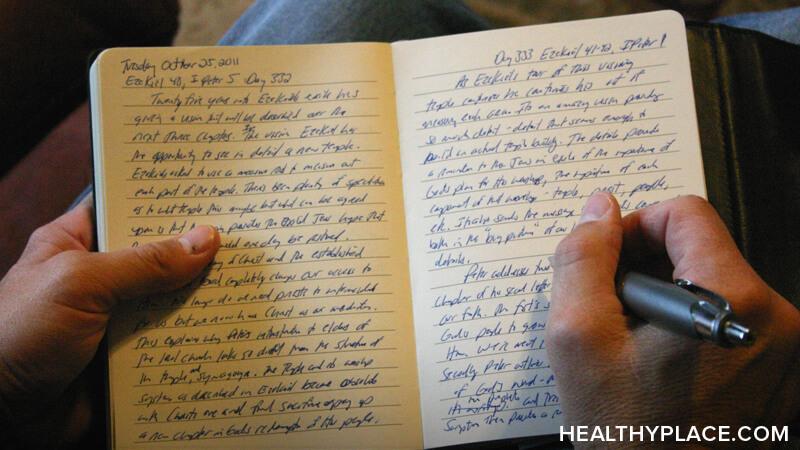Understand Your Depression with a Mood Journal

Mood journaling for people with depression, which simply means keeping a log of your moods, has many benefits. The act of transferring your feelings to paper can be therapeutic, taking bottled-up emotions out of your head and lightening your emotional load. Practicing writing your feelings down can help you better communicate them to your friends, family, or therapist. And looking back through your depression mood journal entries can help you identify trends, triggers, and possible treatments.
The Benefits of Mood Journaling for Depression
Emotions can feel confusing and overwhelming, especially when depression is involved. Sometimes, people instinctively hide feelings that are negative or don’t make sense. This can happen in depression, and this can make you feel sad, hopeless, or numb for no apparent reason. Trying to ignore these feelings just lets them fester and grow while writing them down can help you acknowledge and accept them—the first step to learning to cope.
Because mood journaling for depression helps better understand difficult feelings, it can also make it easier to communicate those feelings to others. Discussing feelings can be a challenge for many reasons, which makes it harder to get help from even the most supportive friends and family. Mood journaling can help you learn to articulate your feelings to others, including loved ones and therapists.
A mood journal for depression can help you understand what you’re feeling and why. Long-term journaling can help you spot common triggers—and they may surprise you. Once you know what triggers those negative feelings, you can start looking for ways to combat them.
How to Start a Mood Journal to Cope with Depression
Start by jotting down your feelings to create your first journal entry. It doesn’t have to be long, well-written, or even complete sentences—just get those emotions down and start building a habit. It may seem like a chore at first, but if you set aside five minutes each day, you’ll find mood journaling for depression doesn’t require much time. Write down each emotion you feel, what may have caused it, and how you reacted to it.
Once you’ve been journaling regularly for a while, you can start revisiting your entries. Look for trends in your feelings. Do they correlate to a specific time of day, season, activity, or person in your life? The more you journal, the more you’ll see these trends. When you understand what triggers your feelings, you can spot the warning signs early. And you may find there are people, places, or activities that improve your mood and alleviate your depression.
APA Reference
Craft, R.
(2023, July 12). Understand Your Depression with a Mood Journal, HealthyPlace. Retrieved
on 2025, December 26 from https://www.healthyplace.com/blogs/copingwithdepression/2023/7/understand-your-depression-with-a-mood-journal
